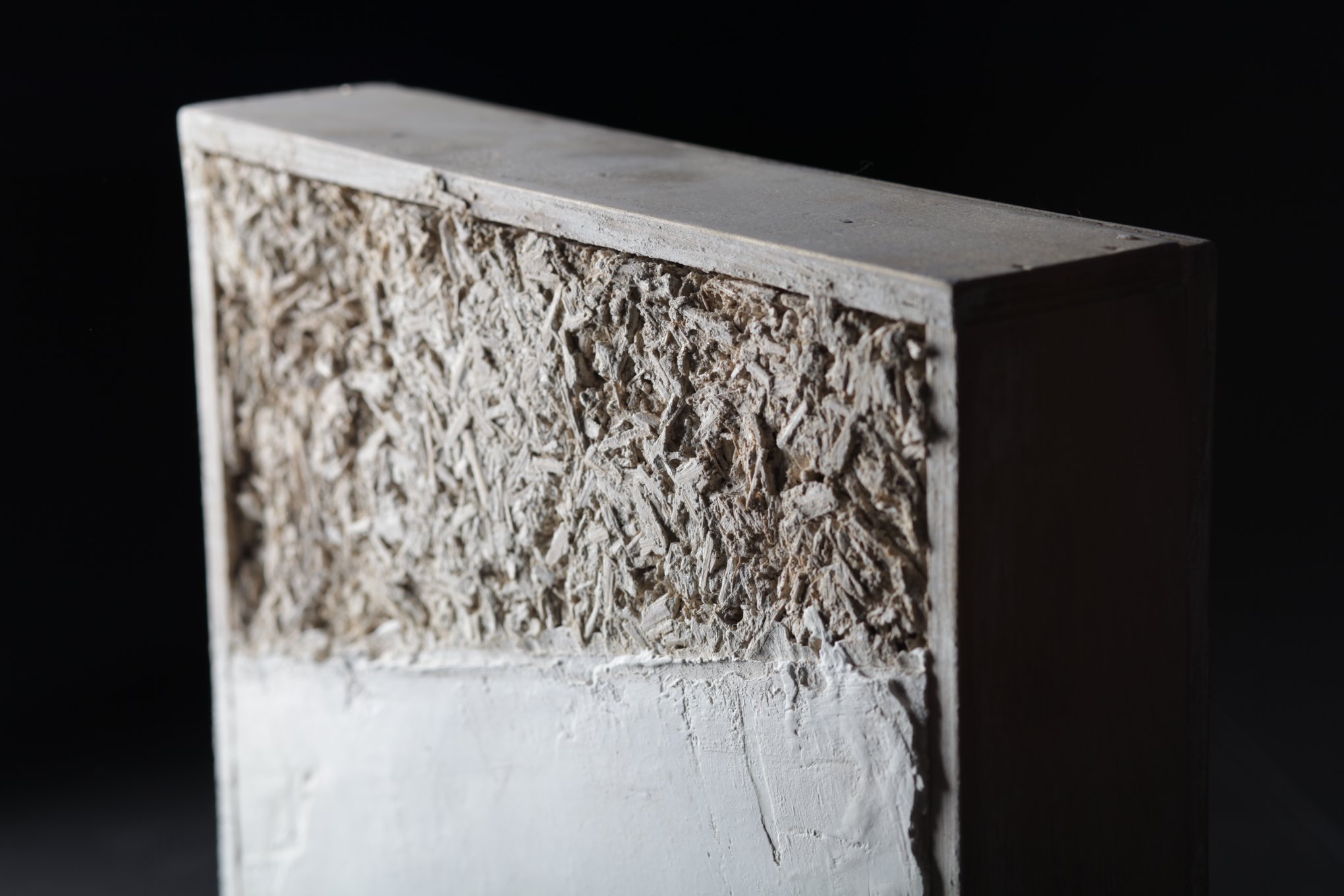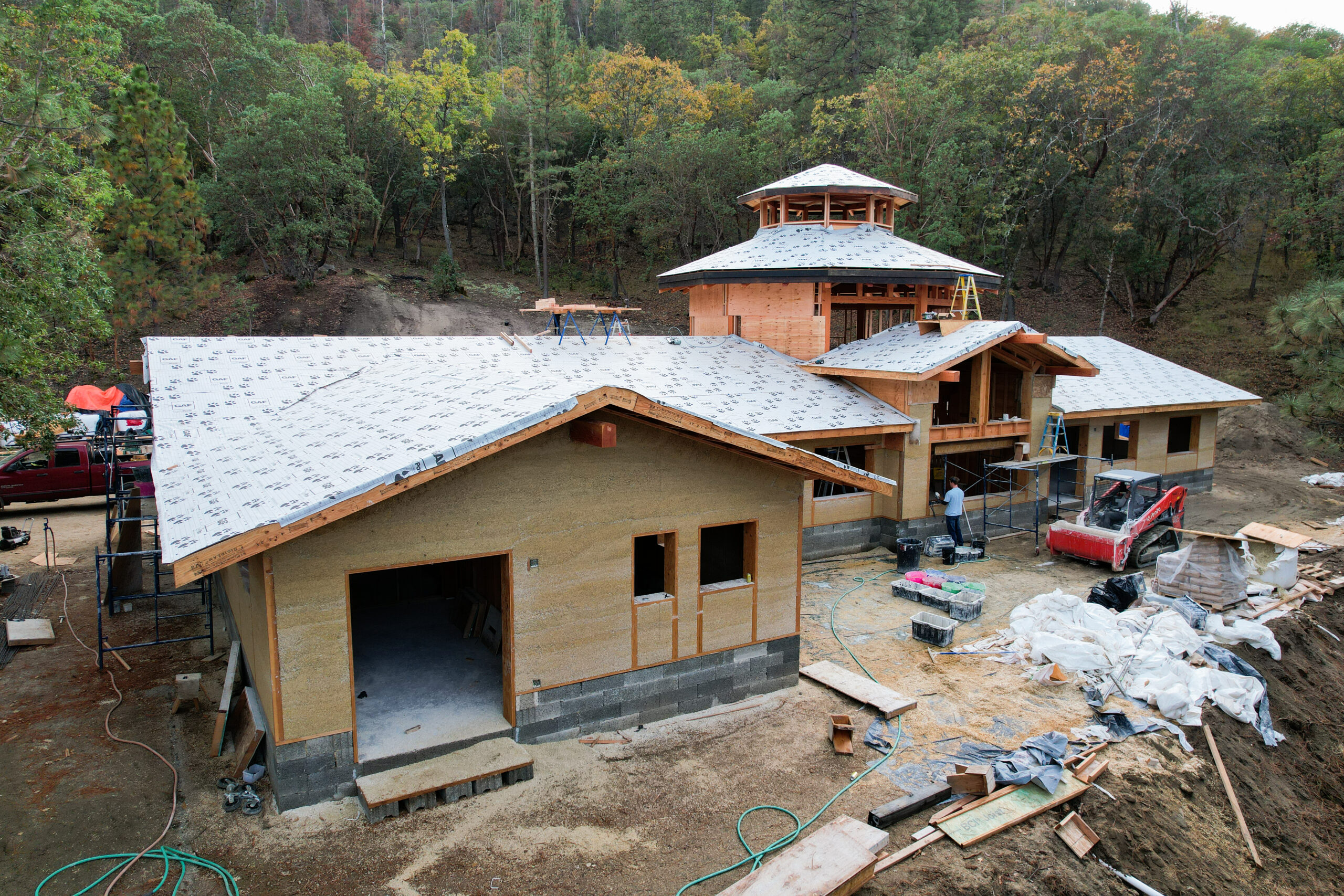All hydronic (water) radiant heating systems work by first heating water in a boiler, then circulating the heated water through a heat transfer device, such as wall radiators, radiant loops, or in-floor systems. Cooler water returns to the heat source, where it is reheated and sent out again in a closed-loop system. Radiant floor heat (RFH) works when hydronic tubing is placed in either a concrete slab or thin-slab concrete or gypsum cement overpour, or suspended below a wooden subfloor, fastened with staples, suspension clips, or heat transmission plates. Hot water circulating in the tubes transfers heat directly to the thermal floor mass radiating heat.
Heat Transfer
Radiant floor heat has many advantages over conventional heating systems and even other radiant systems. In particular, RFH systems provide even, comfortable heat, and since there are no ducts or radiators contributing to dust movement or collection, they provide enhanced indoor air quality.
In-floor systems provide even comfortable heat through three methods that transfer heat; radiation, conduction, and convection.
Depending on your system, the concrete thermal mass or radiant floor panels radiate heat to furnishings, floors, and occupants the same way the sun radiates heat to the earth.
The warm room surfaces, furnishings and floors, heated by radiation, provide secondary heat transfer and re-radiation through direct contact or conduction. When you walk across the floor or touch a table warmed by radiation some of that heat is transferred to you.
Heat from the warm floor and objects in the room warms the air, driving natural convective air currents (rising warm air). When this warm air comes into contact with other objects, again, heat is transferred.
Driven by radiant floor heat, your home remains warm in a clean, comfortable, and consistent manner.
Radiant Floor Heat Throughout Time
The use of radiant floor heat can be traced to the Romans as early as 60 A.D. The Roman system was based on hypocausts, ducts under the floor (itself built on raised brick piles) and flues that were built into walls. Hot air or steam from fires circulated up through this system, warming the floor and walls, with heat passing into the rooms. Initially only the wealthy could afford this comfort, but eventually, this type of heat became increasingly commonplace in public buildings and villas.
In contrast to the eventual disappearance of the Roman hypocausts, underfloor heating still remains in use in Korea with its origins dating back to 37 B.C-A.D. 668. Ondol, literally meaning “warm stone” is comprised of three main components: a fireplace or stove, which is also used for cooking and located below floor level; a heated floor underlayed by horizontal smoke passages; and a vertical chimney, located lower than the roofline, to provide a draft.
A reference from the Civil War News states…” a 500-tent hospital was constructed. The tents featured a unique radiant floor heating system, which proved invaluable in the cold fall and early winter months of 1864”.
During the 1950s in Pennsylvania, the largest planned community constructed by a single builder was started. Completed in 1958, the 5,500-acre development, which included churches, schools, shopping centers, and over 17,000 homes, installed radiant floors to heat every building.
Benefits and Advantages
Radiant floors have a number of benefits and advantages over alternate heat systems. With the floor acting as a radiator that can be controlled per room (zoned), RFH provides even heat throughout the home, including areas difficult to heat, such as rooms with vaulted ceilings, bathrooms or garages. Because floor heating warms people and objects directly, helping to control the direct heat loss of the occupant, comfort is achieved at lower thermostat settings. RFH is clean and healthy as the heat delivery does not rely on circulating air, dust particles do not become airborne via this method. The floor system is virtually silent when in operation, and is aesthetically pleasing with no floor registers or wall radiators. A radiant floor can provide significant energy savings depending on the installation method and the quality of construction.
Radiant Floors and Finish Surface Selection
The best finish surface for a radiant floor heat system is finished concrete or ceramic tile, which conducts heat.
Many homeowners, however, prefer other finish options, such as hardwoods, cork, or carpet. And while these finish surfaces can be incorporated into the design of a radiant floor heat system, they tend to inhibit the maximum performance of RFH, as they act as an insulating blanket, restricting upward heat flow and reducing the overall efficiency of the system.
There are steps that can be taken to enhance heating system performance if you plan to choose finish options with insulating properties.
Setting the water temperature of the system according to the finish floor type selected will maximize the potential of your chosen finish floor.
Be patient. Since the heating system is slow to react to temperature changes, advise all system users to refrain from changing temperature controls in attempts to speed up the warming process.
If you choose hardwoods, select an engineered wood option or thin-width solid dimensionally-stable species as these options are more resistant to temperature and moisture changes that can lead to warping and cracking.
Considerations and Selections
Radiant floor heat systems require professional design, installation, maintenance, and repair. Work with a knowledgeable designer who can help with finish floor selections, mechanical ventilation, and air-conditioning options. Your designer can also help you select system components, suppliers, and installers.
Radiant floor heating is an affordable and efficient heat source, providing comfort for hundreds of years, and should be considered for any remodel or new construction.



